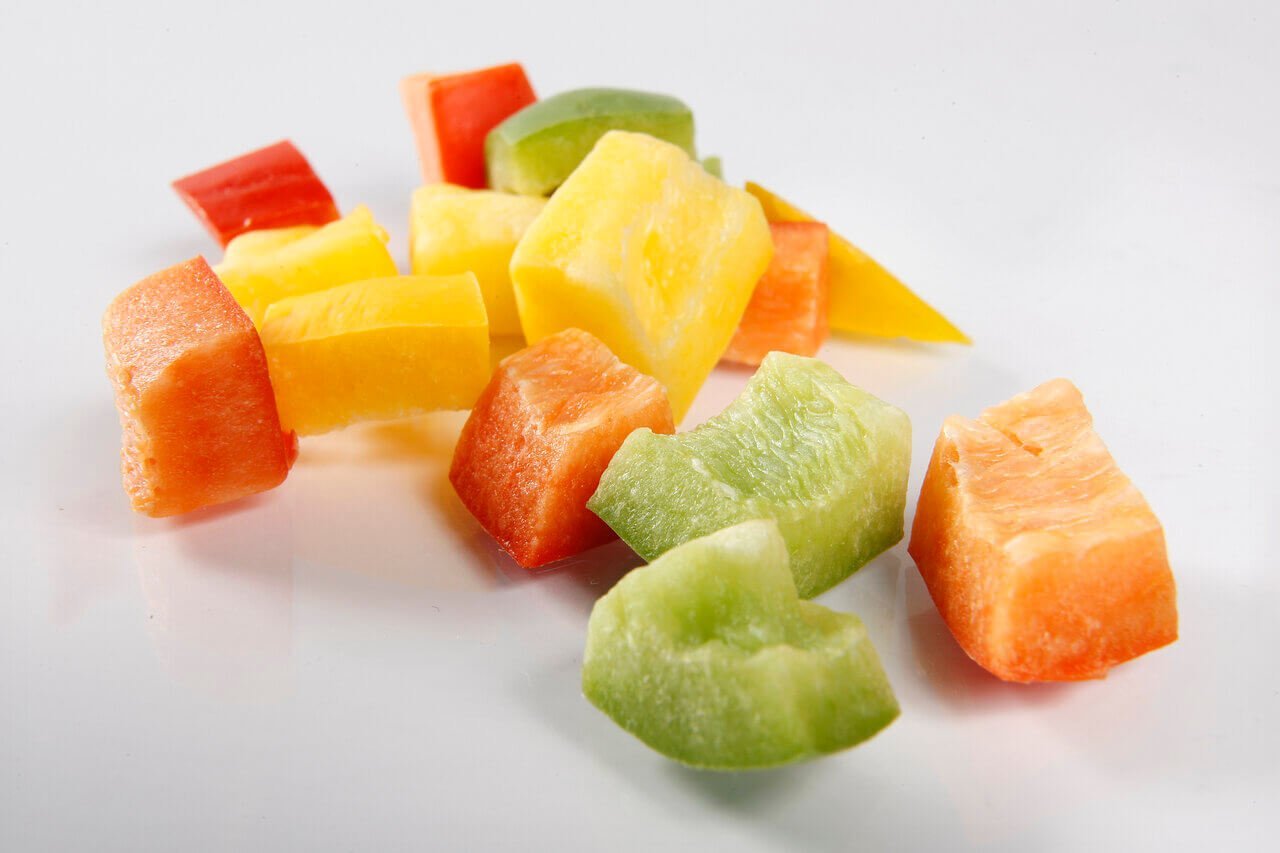IQF vegetables and sustainability: how to go about it
by Abdul Aziz Mondal Technology Published on: 09 June 2022 Last Updated on: 11 June 2022

Over the recent years, more and more attention has been given to the sustainability factor of our products.
Our environment is the only one we’ve got and learning to treasure it and look after it is our pejorative. That’s why recent efforts have been made towards this goal, but we’re not there yet. Sustainability should be incorporated every step of the way, across all areas of human activity, including freezing.
IQF, short for individual quick freezing, is a type of freezing that is synonymous with flash freezing and works by first separating the product into pieces and making sure they’re separate during the freezing process.
Despite being just a method of freezing like any other, experts say there is potential here for achieving a more sustainable future. Here is why investing in IQF vegetable production can be the necessary change.
Why IQF vegetables?
IQF, beyond being a useful shorthand for one of the industry’s more prominent methods for freezing, is also a technique that has tangible, concrete benefits, and improvements, upon traditional approaches.
Foremost: quality. As a customer, you would prefer the highest quality product you can, especially for vegetables, which typically remain within an affordable price range.
As a frozen goods producer, you also want to achieve the highest possible quality level for the product, as it creates something easier to market and makes a profit later.
That’s why IQF should be in the spotlight, during your searches—the level of quality it offers, sometimes, may even rival that of the so-called “fresh” products.
One of the key factors in vegetables appearing older than they should, is because of the time difference between the time they were collected, and the time when they’re picked up off the shelf. IQF creates a premium quality frozen product by focusing on speed.
That makes it simpler than ever to keep as many nutrients, minerals, and vitamins as possible in your vegetables, provided you process products as soon as they come in after being collected off the farmers’ hands.
How can it help sustainability?
With modern vegetable processing equipment, it’s possible to achieve high-quality products, in a quarter of the time of more antiquated approaches.
That makes it more work to create sufficient frozen vegetables to export, at a reasonable rate, to places where these vegetables may not grow. Ensuring the world has greater access to healthy greens is in line with sustainability-aligned thinking.
One of the crucial elements of individual quick freezing is its ability to freeze pieces of the product separately. This is a game-changer in terms of sustainability, given that customers all over the world will defrost precisely as much product as necessary.
Unlike the avocadoes that were brought fresh from the store, and expire within a couple of days, fruit stays in the freezer and is good for much longer. The change between unfreezing an entire pack, using half, and being forced to throw out the other half due to it going bad, or unfreezing half, and keeping the rest for later cannot be understated.
This will single-handedly improve sustainability significantly, because of optimal vegetable processing technology.
The right tools for the job
Besides the previous two points, a third one is worth considering: technological progress. Over the past twenty years, ever since the invention/discovery of individual quick-freezing methods, Octofrost has been improving upon the technology for it.
Recruiting some of the most brilliant minds across the globe, they’ve created technology unseen anywhere else in the industry, in terms of efficiency, yield, as well as food safety.
The unique, patented bedplate technology alone is noteworthy, providing food safety ratings exceeding industry standards and current regulations. Not only is it sustainable in a business sense, but with higher food safety, fewer mishaps are bound to occur, and less spoiled vegetables will have to be thrown out.
The bedplates work by letting cool air flow through the holes inside them, which provide an excellent, quick-freezing effect while separating the vegetable pieces.
Energy saving
Another method that Octofrost’s excellent IQF freezing equipment line protects the environment is by providing top-of-the-line resource-saving efforts.
Thanks to the noteworthy feature of the freezer to adjust the fans according to your wishes and depending on your chosen volume of vegetables to freeze, it can provide higher energy savings.
As a side benefit, the optimal features like unique aerodynamics and full automation available in Octofrost’s machinery mean less demand for new technology in the long term, resulting in fewer resources used on a worldwide scale. Planned obsolescence is a very real threat—don’t be part of the problem, be part of the solution.
The resources used within the entire production line are also saved, with the water re-flow system ensuring that water is recirculated and reused within production.
The rain-shower and cross-flow systems of the IF Chiller and IF Blancher were chosen specifically because they create the quickest possible heat transfer, minimizing resource usage and processing time.
The chilling of the product before freezing is also a cost- and energy-efficient way of ensuring the quickest possible freezing time, as well as reducing overall resource usage, as freezing vegetables that are at room temperature takes longer and requires more energy.
Dewatering
A commonly missed technique of reducing resource utilization during freezing is the methodical approach to freezing itself. That’s why, a crucial element between chilling and freezing is shaking off excess moisture, and removing surface water.
That improves energy usage, bedplate performance, and product separation—all in one fell swoop, creating a more profitable, enticing frozen vegetable.
The nutrient-dense, high-quality IQF vegetables obtained with Octofrost are the perfect way of also preserving their taste, texture, and aroma. That, coupled with the philosophy behind only unfreezing as much frozen product as necessary, makes for more sustainable technology.
The futureproofing is built-in and ensures that both the quality and the safety of your products will be worth a legacy in the future.
Additionals:



































































































